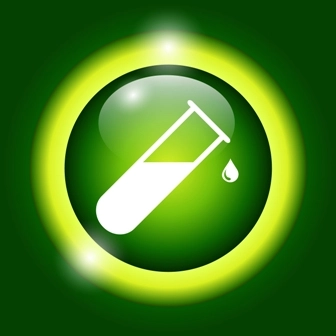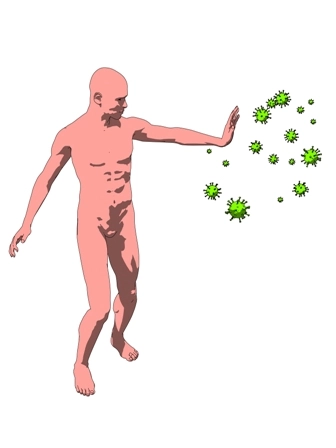Get Histoplasmosis Analysis and Diagnosis Tips Here
Signs and symptoms may indicate testing need.
Diagnosing histoplasmosis infection can be difficult, so the process might involve the entire range of your lab’s toolkit — from clinical lab tests to microbiology to histology.
Read on for a snapshot of tests you might perform, and diagnoses you might encounter on the trail to identifying a patient with histoplasmosis.
Understand the Diagnosis
Histoplasmosis (B39.-, Histoplasmosis), also called Darling disease, is commonly caused by the fungus, Histoplasma capsulatum. Patients contract the disease by breathing in fungal spores found in soil and dust. Although healthy individuals may become infected and exhibit no symptoms, some patients become very ill.
Individual health impacts may vary due to environmental factors, such as the number of spores inhaled, and patient vulnerability, such as emphysema patients or immunocompromised patients with conditions such as AIDS. In those cases, histoplasmosis may manifest as an acute or chronic pulmonary infection, or as a disseminated disease state that manifests in fever, emaciation, enlarged spleen, and low white blood cell count.
ICD-10 options: Reporting histoplasmosis depends partially on knowing the disease presentation as described by the following codes:
Code first: If the patient has AIDS, you must report B20 (Human immunodeficiency virus [HIV] disease) as the primary diagnosis, and list the appropriate histoplasmosis code as the secondary diagnosis.
Use additional code: If the physician documents specific manifestations of the infection, such as meningitis (G02) or endocarditis (I39), you should also report that code, sequencing it following the appropriate histoplasmosis code.
Capture Testing Methods
As a first step to aid in the diagnosis of histoplasmosis, physicians may order a serum antigen test, which your lab is likely to perform using an immunoassay technique and should report as 87385 (Infectious agent antigen detection by immunoassay technique, [e.g., enzyme immunoassay [EIA], enzyme-linked immunosorbent assay [ELISA], immunochemiluminometric assay [IMCA] qualitative or semiquantitative, multiple-step method; Histoplasma capsulatum).
Option: Some labs are using a newer antigen test that identifies nucleic acids using real time polymerase chain reaction (PCR), but CPT® does not yet provide a specific code for the test. If you perform that method to identify Histoplasmosis antigens, you should use an appropriate unlisted code such as 87798 (Infectious agent detection by nucleic acid [DNA or RNA], not otherwise specified; amplified probe technique, each organism).
With a known time of exposure to the spores, the physician may order an antibody test to help diagnose histoplasmosis. The lab would report antibody testing using 86698 (Antibody; histoplasma).
The ordering physician should “provide the appropriate diagnosis coding with the lab order so that the lab analyzing the specimen can get paid, and the patient does not bear the expense,” says Carol Pohlig, BSN, RN, CPC, ACS, senior coding and education specialist at the University of Pennsylvania Hospital. The ordering diagnosis might be signs or symptoms, such as cough (R05, Cough) and painful respiration (R07.1, Chest pain on breathing).
Culture: Growing the fungus from a patient specimen on a microbiology culture is the gold-standard for diagnosing Histoplasmosis infection. Because culture results may take weeks, physicians often order a culture at the same time as one of the previously-mentioned lab tests.
You should report the fungal culture as 87102 (Culture, fungi (mold or yeast) isolation, with presumptive identification of isolates; other source [except blood]) or 87103 (… blood) for one of the common specimen sources for suspected histoplasmosis: sputum, blood, or other body fluid.
If the lab personnel perform additional tests for definitive identification, also list 87104 (Culture, fungi, definitive identification, each organism; yeast).
Biopsy: For severe pulmonary infections, physicians may submit a lung biopsy for examination to help in the diagnosis of histoplasmosis. If your pathologist evaluates a lung biopsy, report 88305 (Level IV - Surgical pathology, gross and microscopic examination, lung, transbronchial biopsy). Also report any special stains your pathologist may use, such as methenamine silver or periodic acid-Schiff using 88312 (Special stain including interpretation and report; Group I for microorganisms [e.g., acid fast, methenamine silver]).
This is caused by a different species of fungus that is indigenous to Africa, and so is seen less often in the United States.




